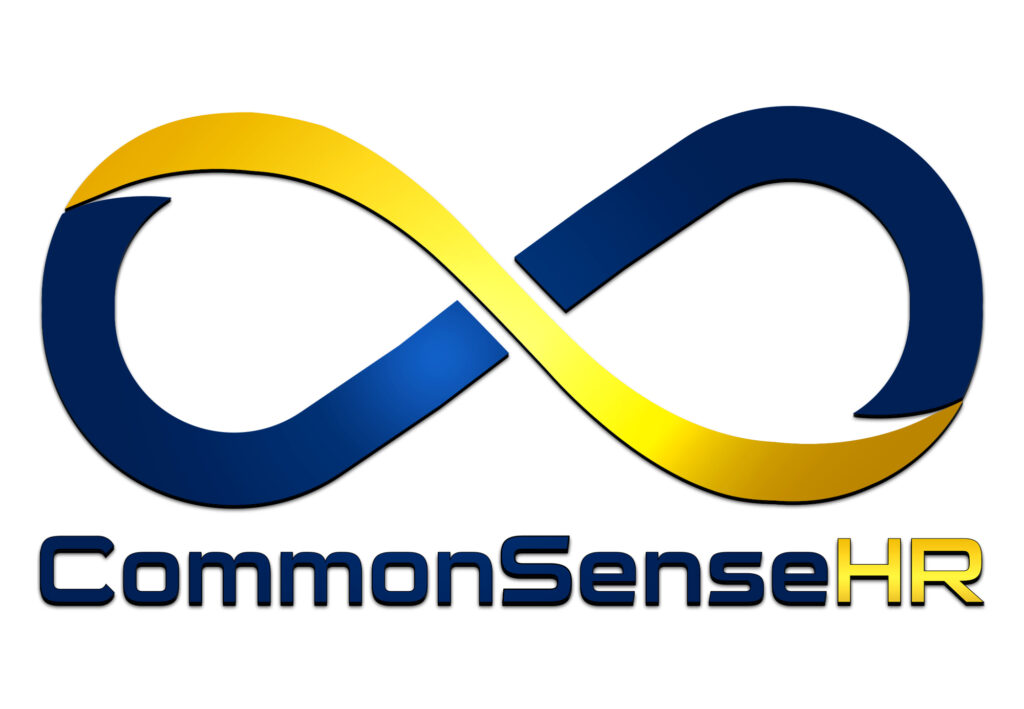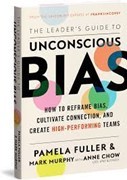This book is like a digestible manual that speaks to tactical things leaders can do to practice diversity, equity inclusion and belonging. Bias is a preference for or against a thing, a person, or a group. It is a natural part of our human condition and is how our brain compensates for information overload, so common in our world of social media today. At any given moment we are taking in 11 million bits of information, but out brain can only actively process 40 bits of information at a time.
Having bias then can help us by unconsciously being able to make decisions that do not require conscious processing in any given moment. We do not have to consciously think about our regular daily habits such as cleaning our teeth or making our morning coffee, for example.
However, when overplayed, these biases can negatively affect how we make decisions, engage with others, and respond to various situations and circumstances. Unless leaders are aware of their our own unconscious biases, it can result in the wrong decisions being made, negatively affecting peoples’ potential and inhibiting their performance.
“Binary Thinking” is an obvious example of bias where there is so much either/or, with us or against us, black or white type of thinking in our society today. Where you are either conservative or liberal, for gay rights or against them, or pro-putting a mask on your face or against it. The problem with binary thinking is that when we rely too much on our automatic thinking stored in our emotional brain, it can end up with us not sufficiently accessing our thinking brain, resulting in bad decisions being made.
Bias can especially show up when we are attempting to deal with and process a lot of information at once, especially when we need to make decisions quickly. This is when our biases can kick in unintentionally. For example, one of our biases is called “Negativity Bias” where our brain is predisposed to see potential risk before the possibility of reward. When engaged, this bias can tend to ignore any positive aspect of what it is we are attempting to make a decision on.
I think it is important for each of us to show vulnerability, when safe to do so, by sharing our own biases. This can set an example to others in developing self-awareness and growth. However, this requires humility and a willingness to learn, which, when practised, a valuable form of leadership. It is after all in our actions and not just our words that bring about behavioural change. We cannot grow if we stay in our comfort zone.
Yet another common bias is known as “Confirmation Bias” where a person is looking for input from people who agree with them since having own opinions challenged can sometimes be quite unsettling. Having diversity in an organization brings different perspectives conducive to problem-solving and decision-making. This can only work however if people are open to constructive criticism.
By becoming more self-aware, we can control our involuntary reactions when safe to do so. This requires each of us to re-frame our thinking from a belief that we are not biased and that we are always objective, to instead realizing that we are all biased and that it is important to realize how our biases can play into the decisions we make.
Part One of this book helps us to identify potential bias by exploring our identity, having a basic understanding of neuroscience, recognizing bias traps, and embracing mindfulness.
Part Two helps us to learn how to cultivate connection by focusing on belonging, deploying curiosity and empathy, tapping into the power of networks and navigating difficult conversations.
Part Three helps in choosing courage by exploring the courage to identify, to cope, to be an Ally, and to be an Advocate.
Part Four goes into how important it is to be aware of bias when hiring and promoting people into positions of authority, for example. This section of the book goes into some detail on the importance of on-boarding, engagement and retention strategies.
In conclusion, this book acknowledges that addressing unconscious bias can be very challenging and needs to be approached incrementally. It encourages leaders to celebrate the successes in this important endeavour. Managing bias matters because people matter. This is not just a book about theory, it includes actionable steps towards a most worthwhile cause, and I highly recommend this book: Unconscious Bias “How to re-frame bias, cultivate connection and create high performance teams” https://amzn.to/3zt4ace to leaders who care about creating diversity, equity, inclusion and belonging in the workplace.


